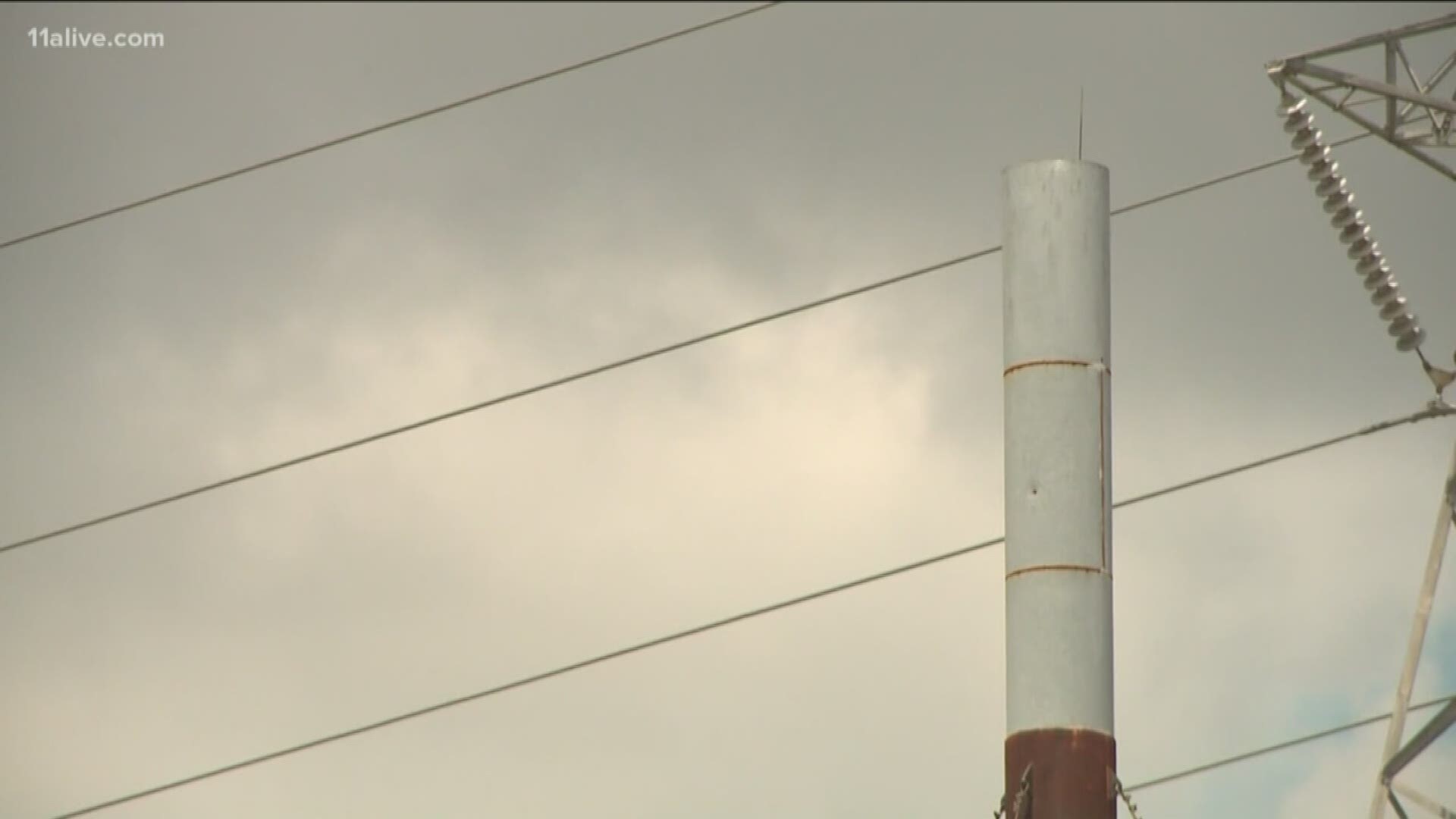ATLANTA — For weeks, neighbors of the Sterigenics plant near Smyrna and the BD plant in Covington - two plants that emit the same cancer-causing toxin - have expressed their concerns.
While the two companies are similar, there are some major differences between the two plants.
Let's look first at the emissions.
Up until 2016, Sterigenics pumped four times as much ethylene oxide (EtO) into the air than BD: 3,574 pounds in 2015 versus 771 pounds for BD.
ORIGINAL STORY: Cancer-causing chemical in 2 Georgia communities leads to more cases of cancer, experts say
But in late 2015, Sterigenics added voluntary emissions controls which dramatically cut down the amount. From 2016-2018, Sterigenics reported an average of 225 pounds of emissions each year.
Meanwhile, the BD plant in Covington released 656 pounds last year and 657 pounds the year before.
BD, however, says the technology Sterigenics uses to limit emissions, has been used at the Covington plant for more than 20 years.
RELATED
BD admits plants in Covington, Madison have experienced ethylene oxide leaks
Gov. Kemp says state investigating July evacuation at Sterigenics
The companies also use different technology. Officials from BD say the Covington plant uses thermal oxidizers as its primary source to control EtO emissions. The company says it destroys 99.95 percent of its EtO emissions through the technology, which has been used at the plant since 1997.
Sterigenics, meanwhile, uses liquid scrubbers followed by absorbent beds. Currently, plans filed with the state include adding a second scrubbing cycle. Sterigenics says their methods kill 99.9 percent of EtO emissions.
Both companies have vowed to make improvements to their emissions.
But Sterigenics is the only one so far with a specific plan in place. The company has filed plans with the state Environmental Protection Devision to begin construction soon to reduce emissions from about .02 micrograms per cubic meter to around .0005 micrograms per cubic meter.
BD has pledged to spend $8 million for improvements. The company plans to begin conducting updated stack tests to confirm the efficiency of their current operations.
If any improvements are needed, the company tells the state they will file permit applications with the EPD.

